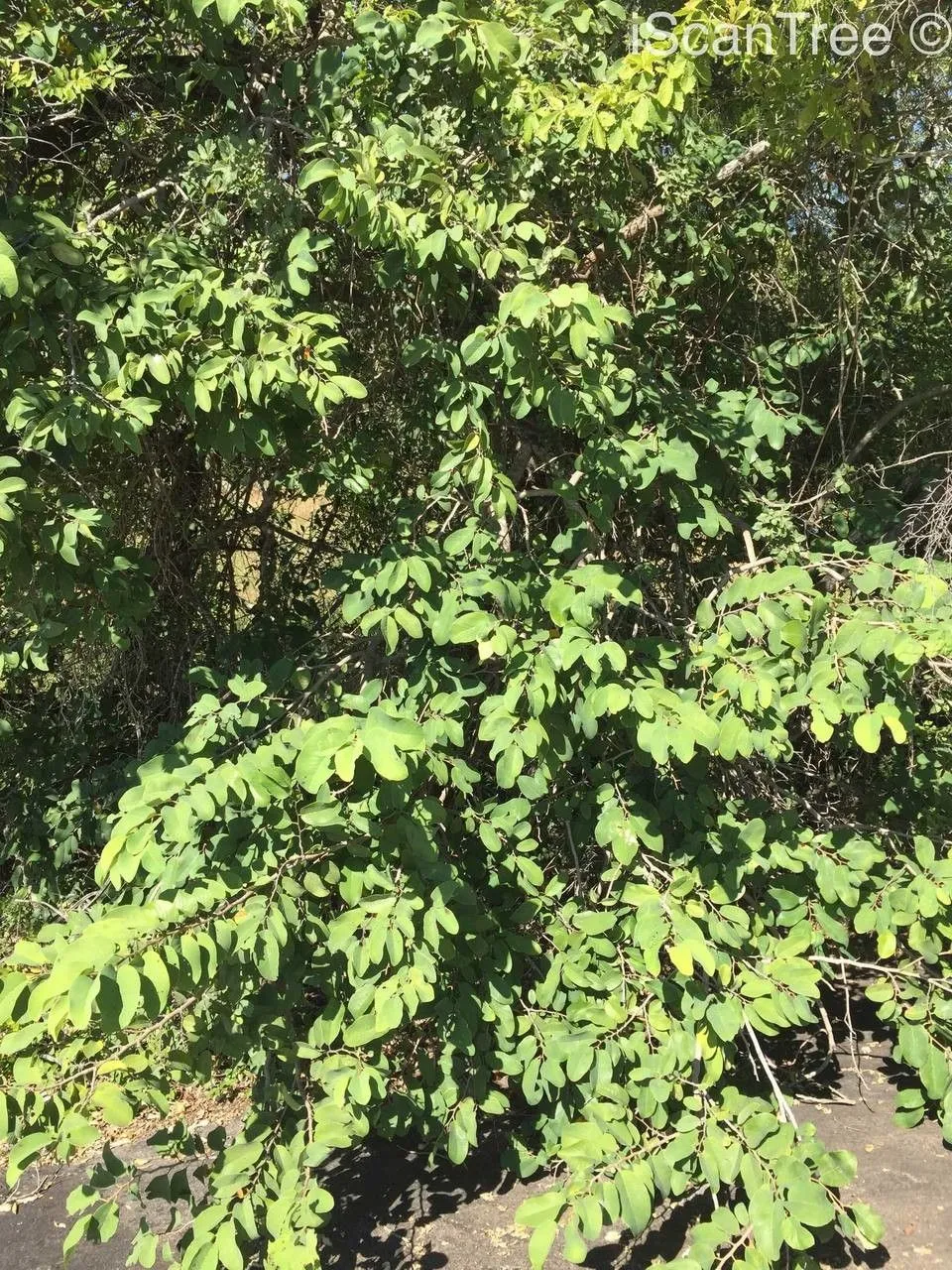
Author: Pers.
Bibliography: Syn. Pl. 2: 95 (1806)
Year: 1806
Status: accepted
Rank: species
Genus: Annona
Vegetable: Unknown
Observations: Africa
Wild Custard-Apple (Annona senegalensis) is a remarkable and versatile plant native to parts of Africa. This member of the Annonaceae family has captivated the attention of botanists and nature enthusiasts alike due to its unique features and wide range of uses.
The Wild Custard-Apple is a small tree or shrub that bears striking yellow-green flowers and produces a delectable fruit enjoyed by local populations. The fruit, while not as widely known as its commercial counterparts, is cherished for its sweet, creamy pulp and is often harvested from the wild for immediate consumption or use in local culinary practices.
Adapted to thrive in various African climates, Annona senegalensis showcases a remarkable resilience and versatility. This plant is well-equipped to endure both the arid environments and the more humid tropical regions within its native range. Its ability to grow in diverse habitats, from savannahs to coastal forests, underscores its importance in local ecosystems.
Beyond its nutritional value, the Wild Custard-Apple holds significant traditional medicinal value. Various parts of the plant, including leaves, bark, and roots, have been utilized in indigenous medicine to treat a variety of ailments, such as fevers, respiratory issues, and inflammatory conditions. This underscores its importance not only as a food source but also as a vital element in traditional healthcare practices.
The plant also plays a crucial role in community livelihoods, often serving as a source of both food and income. Local populations harvest and sell the fruit seasonally, contributing to the socio-economic fabric of their communities.
Annona senegalensis’s ecological and economic contributions make it a vital species within its native habitat. The plant’s widespread presence across the African continent and its various applications highlight its indispensable role in both natural and human communities. Its study, documented as early as 1806 in “Syn. Pl. 2: 95” by Pers., continues to be a subject of interest for researchers and botanists seeking to uncover more about this multifaceted species.
Whether appreciated for its delightful fruits, its traditional medicinal uses, or its ecological importance, the Wild Custard-Apple remains a plant of significant value and interest, enriching both the land it grows on and the lives of those who encounter it.
Fra: pomme cannelle du sénégal, pomme canelle du sénégal
Por: araticum-da-areia, iôlo, malôlo, pinha-selvagem
Eng: wild custard-apple
En: Wild custard-apple
Af: Wilde Vla-appel, Wildesuikerappel
Bm: Dan-ha, Dyangara
Bg: Сенегалска анона
Zh: 非洲番荔枝
Eo: Senegala anono
Fr: Pomme canelle du Sénégal, Annone, Pomme cannelle de Senegal, Pomme Cannelle du Sénégal
Ff: Dokumi, Dukmi, Dukumehi
Rw: Umushirashira
Kv: Сенегалісь аннона
Fa: آنونا سنگالنسیس
Pt: Araticum-da-areia, Iôlo, Malôlo, Pinha-selvagem
Ru: Аннона сенегальская
Sn: Muroro
Sw: Mkonokono
Wo: Digort, Dugor, Jorgut
© copyright of the Board of Trustees of the Royal Botanic Gardens, Kew.
Taken Feb 1, 1988 by Daniel Barthelemy (cc-by-nc)
Taken Feb 1, 1988 by Daniel Barthelemy (cc-by-nc)
Taken Apr 13, 2017 by Tela Botanica − Melis ANTONINO (cc-by-sa)
Taken Jan 12, 2011 by Tela Botanica − Florian FRAIX-BAVUZ (cc-by-sa)
Taken Sep 15, 2015 by Tela Botanica − Abdoul Karim OUÉDRAOGO (cc-by-sa)
Taken Apr 30, 2016 by Manie Maree (©)
Taken Nov 24, 2022 by Shehadi Ramiz (cc-by-sa)
Taken Apr 30, 2016 by Manie Maree (©)
Taken Apr 30, 2016 by Manie Maree (©)
Taken Apr 30, 2016 by Manie Maree (©)
Taken Apr 13, 2017 by Tela Botanica − Melis ANTONINO (cc-by-sa)
Taken Jan 15, 2022 by Jean-Marie Ronquy (cc-by-sa)
Taken Apr 13, 2017 by Tela Botanica − Melis ANTONINO (cc-by-sa)
Taken Sep 15, 2015 by Tela Botanica − Abdoul Karim OUÉDRAOGO (cc-by-sa)
Taken Sep 15, 2015 by Tela Botanica − Abdoul Karim OUÉDRAOGO (cc-by-sa)
Taken Apr 13, 2017 by Tela Botanica − Melis ANTONINO (cc-by-sa)
Taken Apr 13, 2017 by Tela Botanica − Melis ANTONINO (cc-by-sa)
Taken Apr 13, 2017 by Tela Botanica − Melis ANTONINO (cc-by-sa)
Taken Apr 13, 2017 by Tela Botanica − Melis ANTONINO (cc-by-sa)
Taken Apr 30, 2016 by Manie Maree (©)
Taken Apr 30, 2016 by Manie Maree (©)
Taken Apr 30, 2016 by Manie Maree (©)
Taken Apr 30, 2016 by Manie Maree (©)
Taken Apr 30, 2016 by Manie Maree (©)
Taken Sep 15, 2015 by Tela Botanica − Abdoul Karim OUÉDRAOGO (cc-by-sa)
Family: Myrtaceae Author: (F.Muell.) K.D.Hill & L.A.S.Johnson Bibliography: Telopea 6: 402 (1995) Year: 1995 Status:…
Family: Rubiaceae Author: Pierre ex A.Froehner Bibliography: Notizbl. Bot. Gart. Berlin-Dahlem 1: 237 (1897) Year:…
Family: Sapindaceae Author: Koidz. Bibliography: J. Coll. Sci. Imp. Univ. Tokyo 32(1): 38 (1911) Year:…
Family: Asteraceae Author: A.Gray Bibliography: Pacif. Railr. Rep.: 107 (1857) Year: 1857 Status: accepted Rank:…
Family: Fabaceae Author: Medik. Bibliography: Vorles. Churpfälz. Phys.-Ökon. Ges. 2: 398 (1787) Year: 1787 Status:…
Family: Aspleniaceae Author: (Cav.) Alston Bibliography: Bull. Misc. Inform. Kew 1932: 309 (1932) Year: 1932…